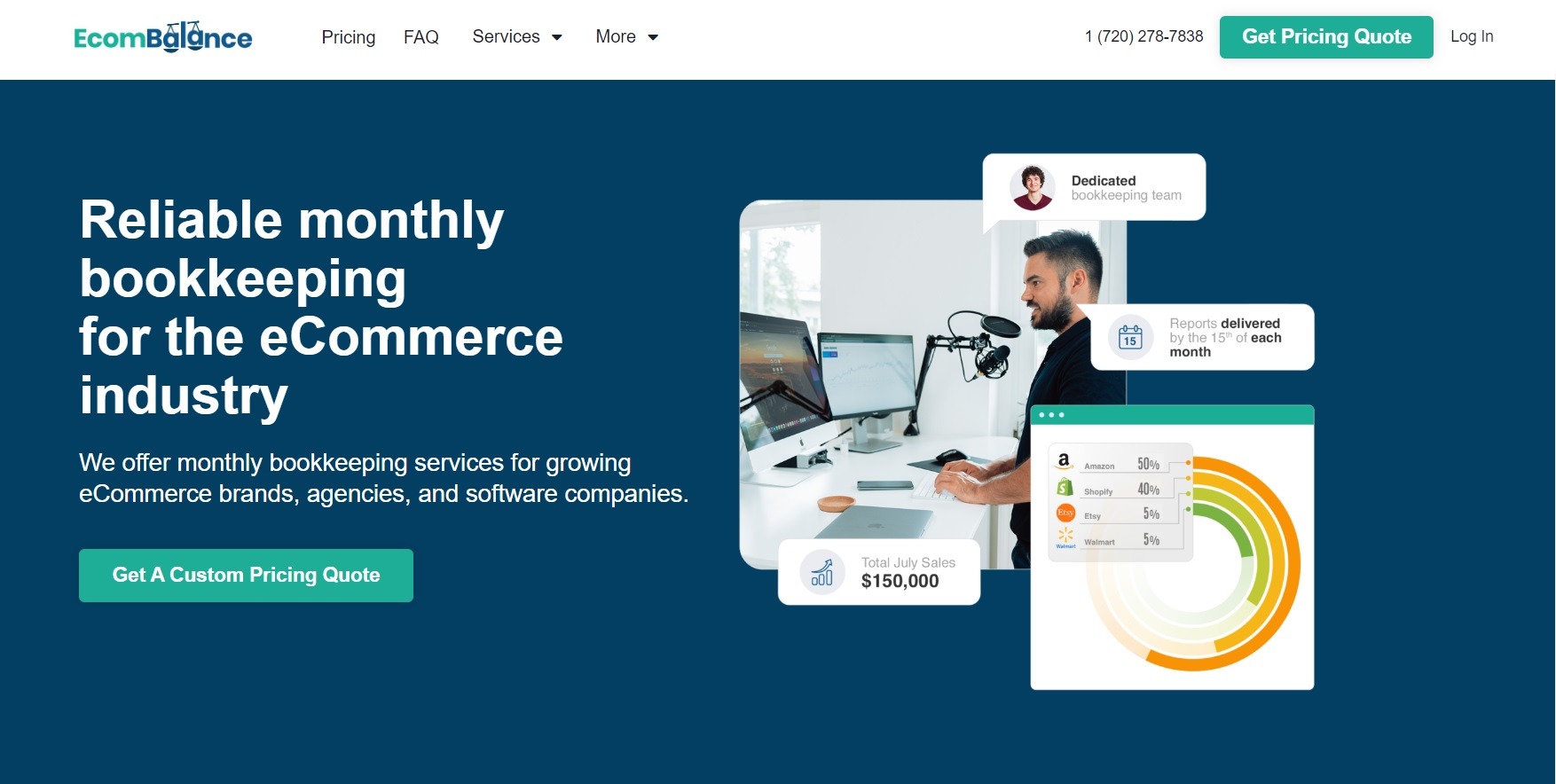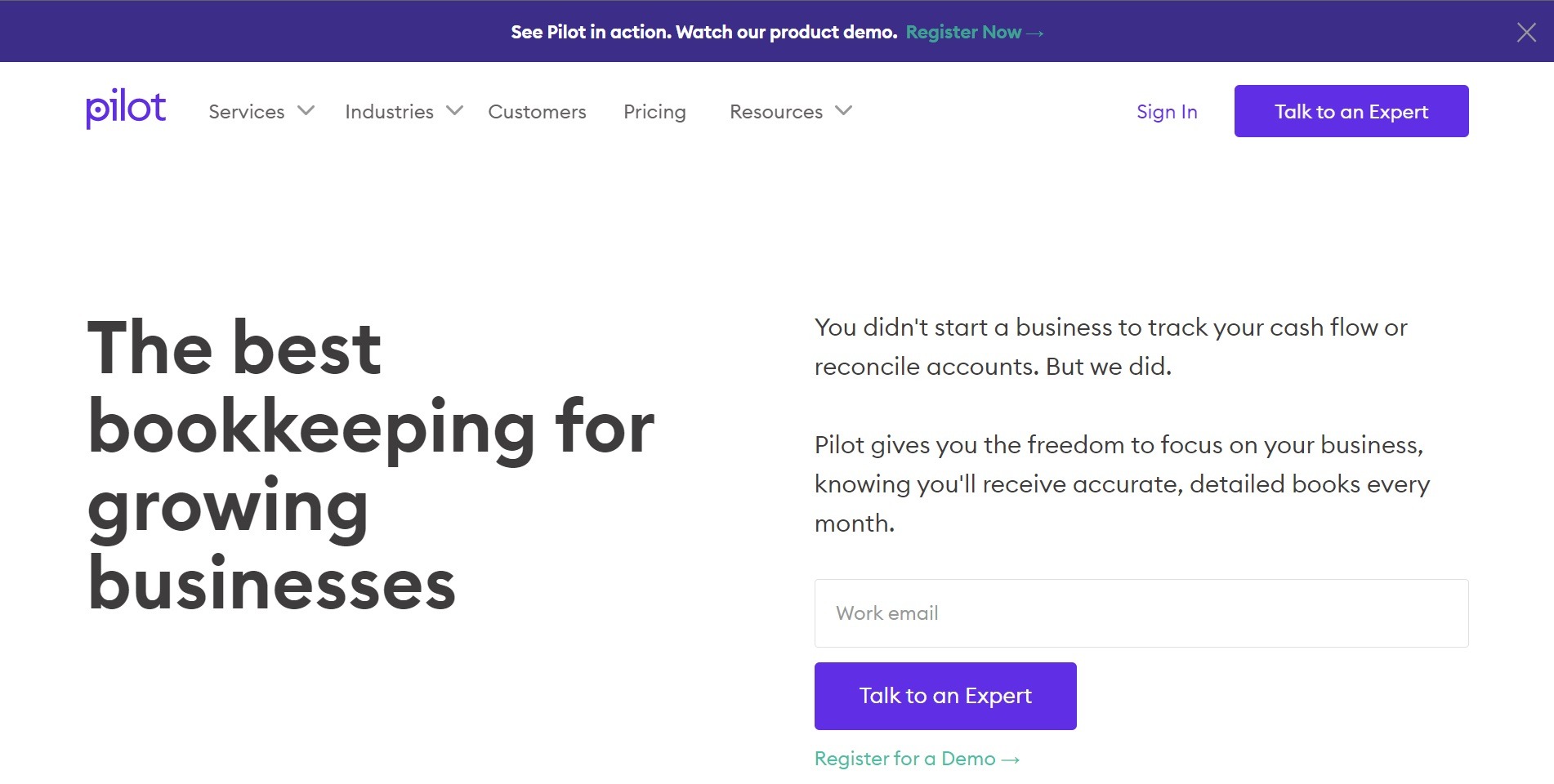Are you ready to outsource appointment setting? We applaud you! We know many businesses that have benefited greatly from the decision to outsource appointment setting. This is just one of those tasks that takes up so much time and can therefore cost a whole bunch if you try to maintain it in-house.
1. Upwork

Upwork does not demand any fees upfront to join the platform. If you want to use the system, you simply need to register. As soon as you are logged in, you can browse the available professionals on the platform and explore all the projects that they have done in the past. If you like, you can book a consultation before you decide to trust them.
When you’re ready to go, you can easily post a job – whatever project or task you are hiring for. Once that post is live, freelancers will be able to see it and apply for it. Then you can go through all the applications and see who best fits your requirements. Once you choose the person you want for the job, you can hire them.
If you don’t want to go through the trouble of posting a job, Upwork can do the search for top talent on your behalf. You can still work with the best talent available without having to spend too much.
Many businesses choose Upwork because the low transaction rate makes this option affordable. Upwork also has been around for many years, so they have proof of quality. You can check any freelancer’s work samples and client reviews. Upwork also provides freelancer identity verification for added security.
You pay nothing until you hire someone. You can interview potential fits for the task you need done, go through rate negotiations, then pay only for the work that you approve. Upwork also protects your data and privacy, and provides round-the-clock support whenever you need it.
The average hourly rate you can expect to pay when you outsource appointment setting on Upwork ranges from $10-60. This depends on where they are located, their experience level, and skills, among other factors.
2. Onlinejobs PH
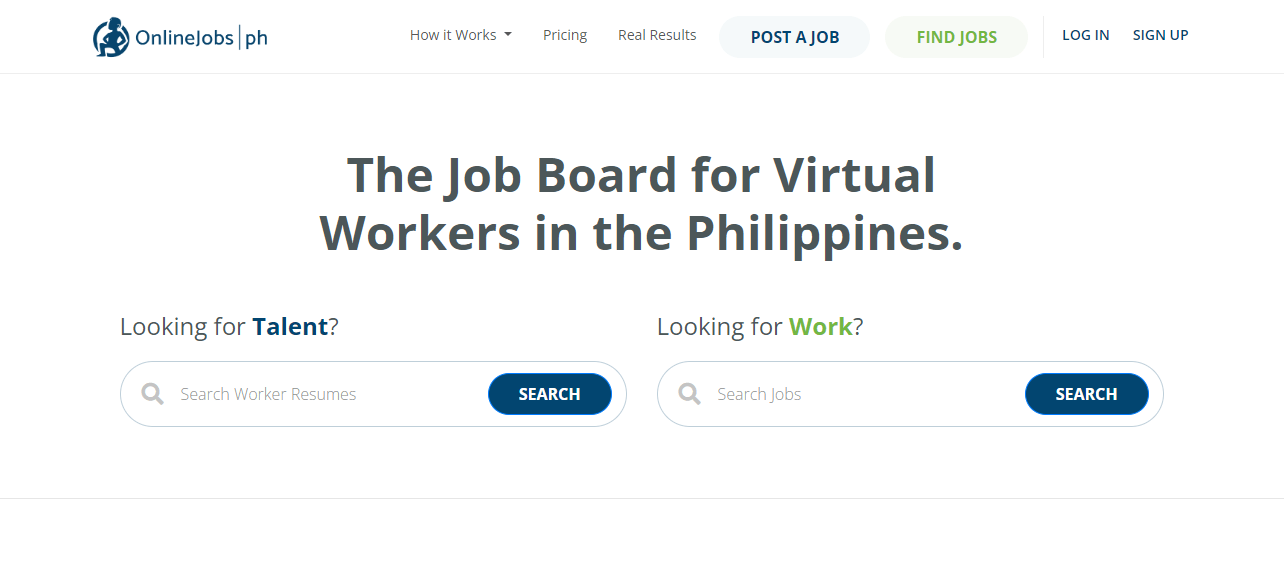
Onlinejobs PH is “The Job Board for Virtual Workers in the Philippines.” You can hire people exclusively from the Philippines on this platform. Start by either posting a job or doing a search through the available freelancers who are signed up to work through this system. Either way, you can find great talent for whatever tasks you need done.
When you proactively look for people who have the skills you need, you can catch the best talent before someone else snatches them up. Staying on the ball helps you to get a feel for what kind of talent is available. This helps you make the best decision when you’re ready to make the hire.
When you post a job, you can focus on the specific details that you want to attract people to. This is also the time-saving option because you get the talented people to come to you rather than you spending hours looking for them. As long as you have a clear job post, you should be able to attract the perfect fits.
Once you find a stand-out applicant, you can easily communicate with them through email and set up an interview. It works just like you were hiring in person, except you might need to learn how to do a virtual handshake! You can do everything online from meeting them to negotiating pay, setting work hours, and making sure that you are both crystal clear on your expectations.
One amazing thing about Onlinejobs PH is that you don’t even have to continue your subscription with them after you’ve made the hire. If you like, you can stick around to use Timeproof to manage your hire’s work hours and help you handle billing via EasyPay. You don’t need to worry about taxes, either.
The average rate for appointment setters on Onlinejobs PH ranges from $2-11 per hour. This depends on where they are located, their experience level, and skills, among other factors.
3. FreeUp

FreeUp has always promised “Access To The Top 1% Of Online Talent.” The FreeUp system was built on the system of internal recruitment, including pre-vetting and interviewing thousands of freelancers each week. FreeUp is one of the only freelance marketplaces around that checks up on applicants’ skills, communication efficiency, and attitude before they are even allowed to join the platform. Of those interviewed, they allow entry to only the top 1%. This means that businesses looking to hire through FreeUp have special access to the best right off the bat.
Another key aspect of hiring through FreeUp is that you can get started within days. You don’t have to wait weeks or months to find a great fit. The system works to pair your job post with qualified freelancers on the platform who have shown aptitude and performance in the key areas that you indicated. You will get your desired number of applicants for the task or project within 24 hours. Then, you can communicate with them through the internal chat system, or through email.
FreeUp provides concierge-level support by phone, email, and live chat, even though it’s completely free to use. There are no subscription fees, just the rate add-on that you pay only once you have hired someone. You can speak to an account manager for free if you need guidance on who to hire or what to hire for. The team can also help you get started with using the system so you can start working with a freelancer faster than ever before.
Billing is super easy on this platform. Everything, actually, is all in one place. You never have to leave the website, so you can stay safe, too. The billing system at FreeUp is crafted to make sure that everyone is on the same page with billed hours before things get crazy. They also offer a “No Turnover Guarantee,” which means that if a hire quits, FreeUp will not only work to replace them as soon as possible, but also pay for the applicable costs for the replacement.
The average hourly rate to outsource appointment setting through this marketplace ranges from $5-30 per hour. You can, however, hire more expert-level freelancers if you need more. The range depends on where the freelancers are located, their experience level, and skills, among other factors.
When you hire at lower rates, expect to work with entry-level freelancers who are good at working with businesses that already have systems and processes in place. Going a bit hire gets you more experienced freelancers who are specialized in their fields and can take over without a lot of guidance and even create systems and processes for you.
4. PeoplePerHour

Outsourcing through platforms like this one is great because you can get work done so easily. You can jump on, type in a few details, and find a few freelancer matches within minutes! PeoplePerHour offers dedicated customer service, too, with team members working around the clock.
What we love about PeoplePerHour is their money back guarantee and anti-fraud protection. You can feel safe working with this marketplace because if it doesn’t work for you, you haven’t lost at all. If it does work, you can keep going safe in the knowledge that you’re covered.
PeoplePerHour boasts about 3 million rated freelancers. This means that they have been reviewed by previous clients. These freelancers offer 8,766 skills combined. Of course, one of the top sellers is appointment setting!
The average rate for appointment setters here ranges from $10-60 per hour. This depends on where they are located, their experience level, and skills, among other factors. If you prefer to outsource appointment setting per call or booking, you can find freelancers who offer packages in 10s, 25s, etc.
5. Fiverr
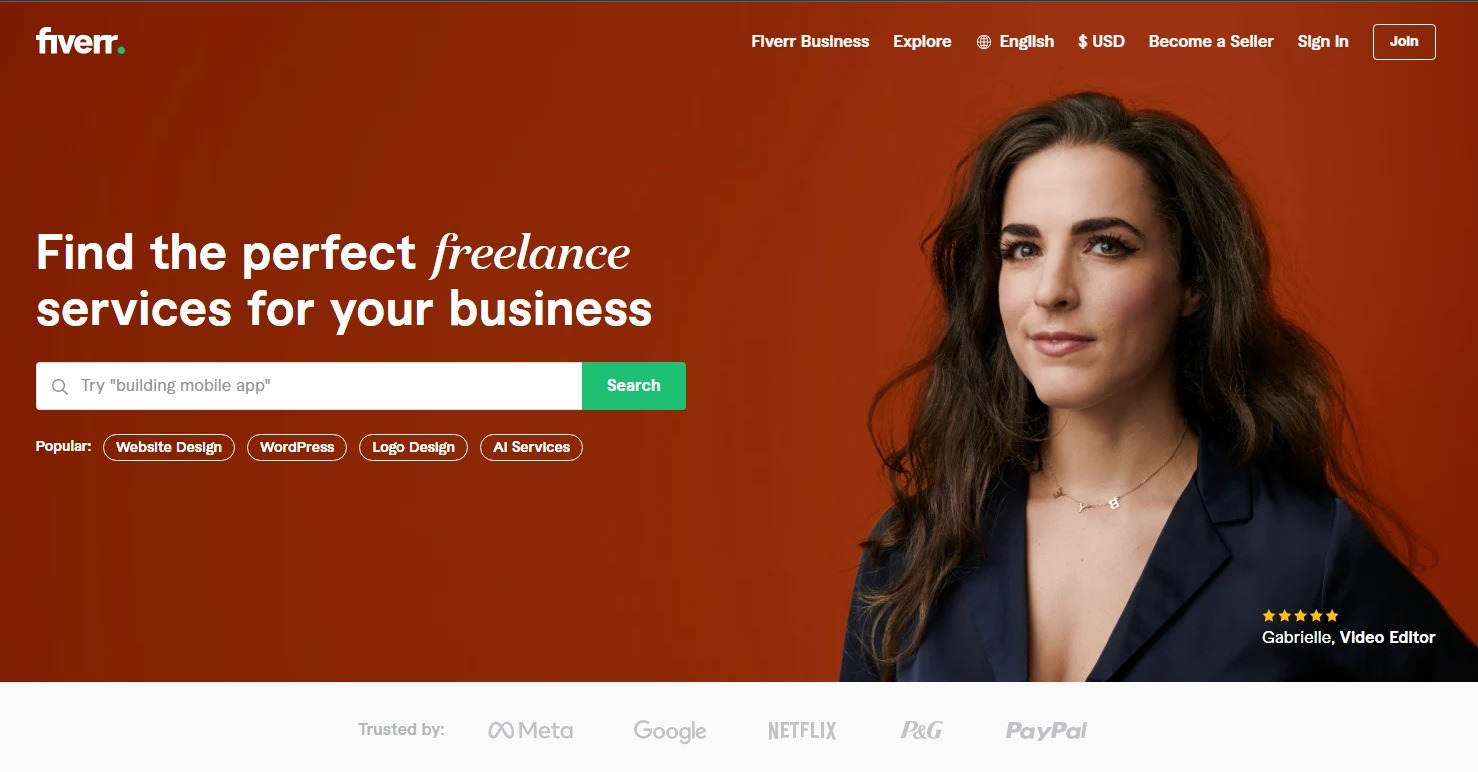
Freelance talent is indeed at your fingertips when you can pay $5 here and there to get small jobs done. But Fiverr has grown a lot since those days, and you can find rate ranges and skills and project lengths to fit almost any business need. What they promise regardless of your budget, is high-quality services. They are also proud of their reputation for helping you get hiring done quickly, and being home to freelancers who get work done quickly.
Fiverr offers protected payments, every time. You will always know what you’re paying, And you only pay when you give the work your stamp of approval. You also get round-the-clock support to answer any questions you might have about the platform, the people you work with, billing, etc.
If you like Fiverr and want more, they also have the Fiverr Business option that’s created to serve teams. When you make this upgrade, you get a curated experience that offers you additional tools and benefits. One of these amazing perks is working with a customer success manager who matches you with the best talent for your project.
You won’t see hourly rates on Fiverr, just project-based pricing. The average package for appointment setters ranges from $20-175, and some go even higher. This depends on where they are located, their experience level, and skills, the scope and co,plexity of the project, among other factors.
6. Hubstaff
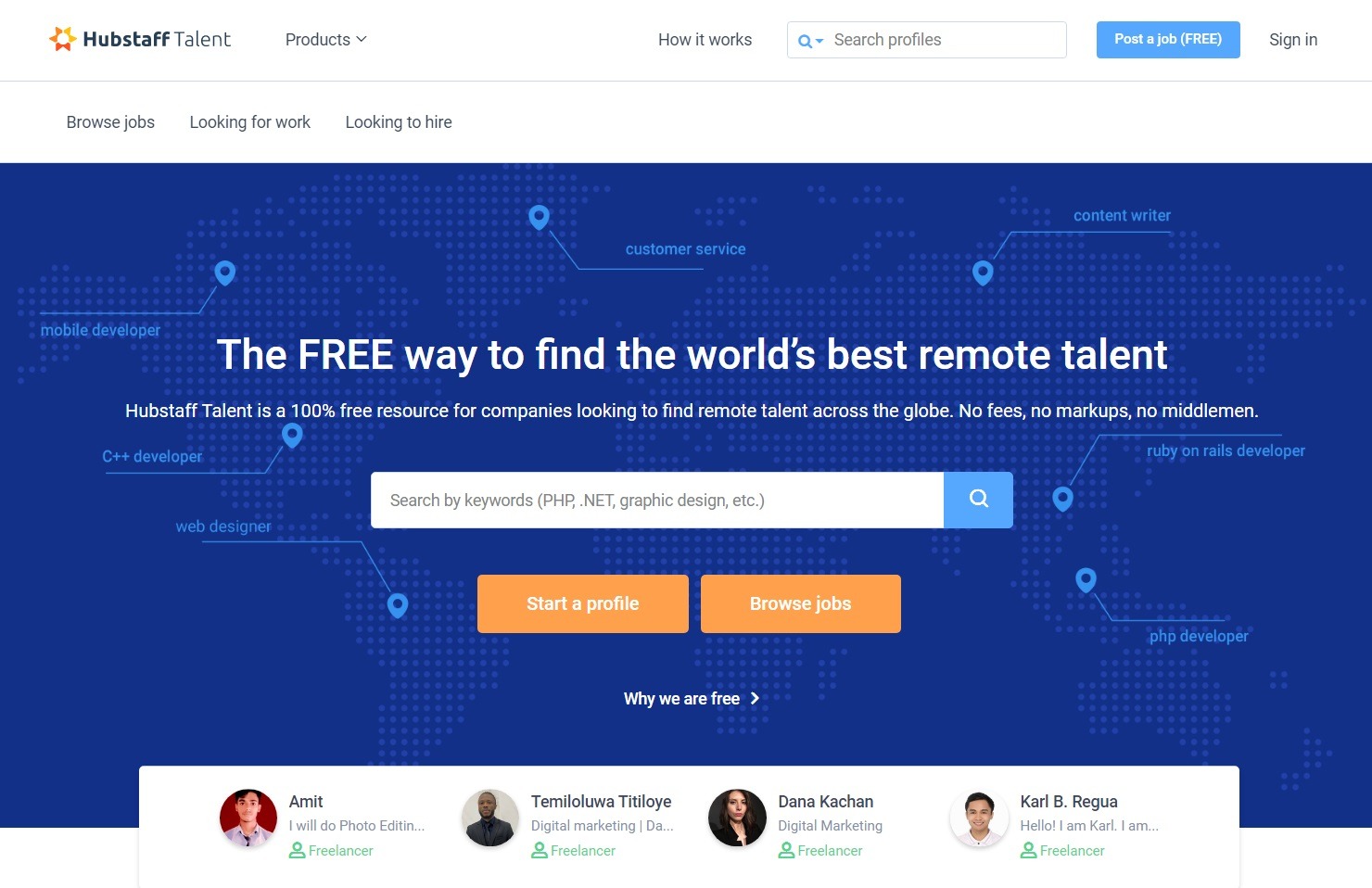
Hubstaff is free. They don’t charge any fees or markups, and they don’t use any middlemen. This is an amazing selling point! On this platform, you can look over top agencies and freelancers, then get in touch with them directly. You don’t have to use Hubstaff tools, either.
The average rate to outsource appointment setting on Hubstaff ranges from $3-30 per hour. This depends on where they are located, their experience level, and skills, among other factors. You will notice that the rates are much lower, but keep in mind that you are managing hires completely on your own.
7. Freelancer.com
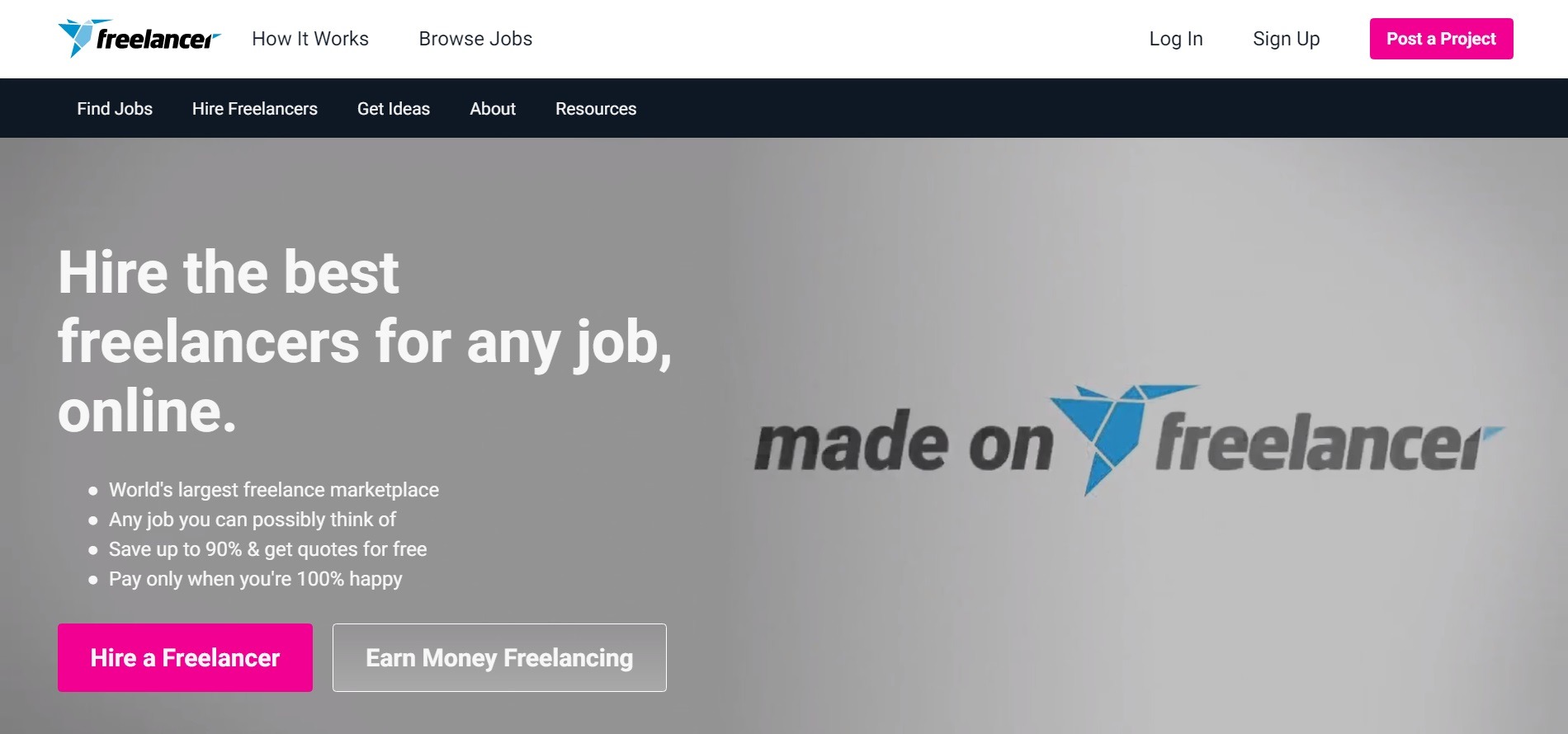
This website is known for housing the best freelancers online. It has a long track record for quality and is now the world’s largest freelance marketplace, with a talent pool of over 60 million. You can start without paying a lot since they offer free quotes and you pay only when you’re completely satisfied with the work you hired for.
To begin, you just post a job title, description, and budget. Then you wait for freelancers to bid. Most often you’ll get some within minutes. Then you can look at their previous work and reviews, and choose the best fit. Once you set milestones for the job, you can get started then pay as expectations are met.
Freelancer.com also has recruiters who can help you hire the best fit, and managers if you need help handling your projects.
The average rate for appointment setters on Freelancer.com ranges from $5-75 per hour. This depends on where they are located, their experience level, and skills, among other factors like project scope and lead quality.
Conclusion
There’s no time like today to outsource appointment setting! Like we said at the beginning, appointment setting takes a lot of time, which can eat up a lot of resources if you try to manage it in-house. Outsourcing is an amazing solution for jobs like this, which can also be on and off. Paying someone 40 hours a week for work that may be seasonal or have different peaks throughout the week just doesn’t make sense.























